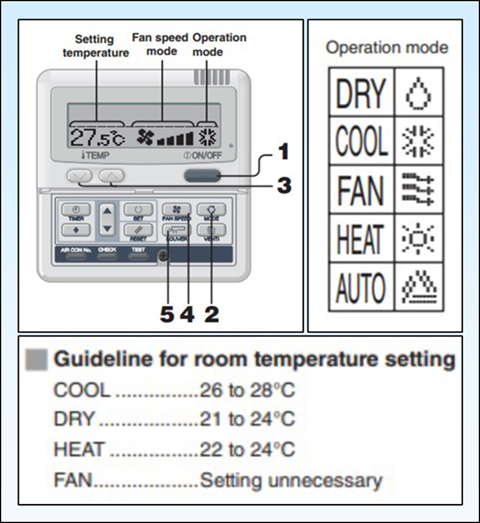Energy saving
Utility bill takes up the largest portion of the faculty’s annual operational fund. Through responsible consumption, the operational fund can be used more efficiently for the upkeep of physical facilities for staff’s and students’ comfort.
We encourage all members of the faculty community to ‘think green’ by taking simple steps to cut energy usage. The following are simple and immediate steps everyone can do for efficient energy use:
Power saving measures
-
- Turn off lights in rooms that will be unoccupied for more than 10 minutes.
- Ensure computers, photocopiers and printers are running in energy-saving mode.
- Manage phantom load.
- Use the air-conditioning correctly.
We can make a measurable difference without having to cut down services or operations. For more information about energy savings, contact our Green Manager:
Dr. Saleha Shahar (salehas@utm.my)
Controlling Phantom Load
Turning off electronic devices may not necessarily mean zero electricity is used. In fact, power continues to flow for devices with standby mode function. The standby power is frequently described as “phantom loads” and accounted up to 10% of the total power used monthly. Examples of such devices are phone charger, computer monitor etc.
A good way to reduce phantom load is to unplug devices with stand-by mode function. However, some device may be set-up to update itself at stand-by mode during out-of-office time. Always refer to the product manual when identifying what devices to unplug.
Follow these simple steps to reduce phantom loads:
- Pull the plug.
- Or use central power strip to easily control your power use.
Power strip is a convenient option if you have lots of electronics in an area. It is best for electronic devices that do not need running at the same time.

Energy and operation-efficient setting for air conditioning
Set the temperature closest to the outside temperature for a more efficient air conditioner run
The outside temperature for tropical climates usually is around 36° celsius or below. Set the air conditioners to cooling mode and the temperature around 24° celsius. Decrease or increase the temperature as needed with the number of occupants to maintain comfort.
2. Start early
The best time to run the air conditioner is in the morning when the outside temperature is still not high.
3. Turn on only for the space or rooms occupied at the moment
Close doors or windows to prevent hot air from flowing into the room. It ensures efficient air conditioning performance and prevents condensation that can cause moulding. Be cautious when there are risks of respiratory infection.
4. Adjust the temperature gradually
Energy is consumed with every degree the air conditioning works at cooling. Instead of cranking the air conditioner straight to freezing, gradually lower the temperature and wait for the temperature to adjust.
Similarly, the system works hard to cool large spaces such as lecture halls and laboratories. Avoid restarting the air conditioning multiple times a day. Instead, increase the temperature when the space is temporarily not in use, such as during recess time, and decrease the temperature when it is occupied. Know your air-conditioning remote controller to its proper use.
References:
- The Best Way to Run Your Air Conditioner in Summer – Air Conditioning Perth (fordanddoonan.com.au)
- Mitsubishi’s air conditioner control manual guide – https://www.mhi-mth.co.jp/en/products/pdf/psb012a001_english_s.pdf


